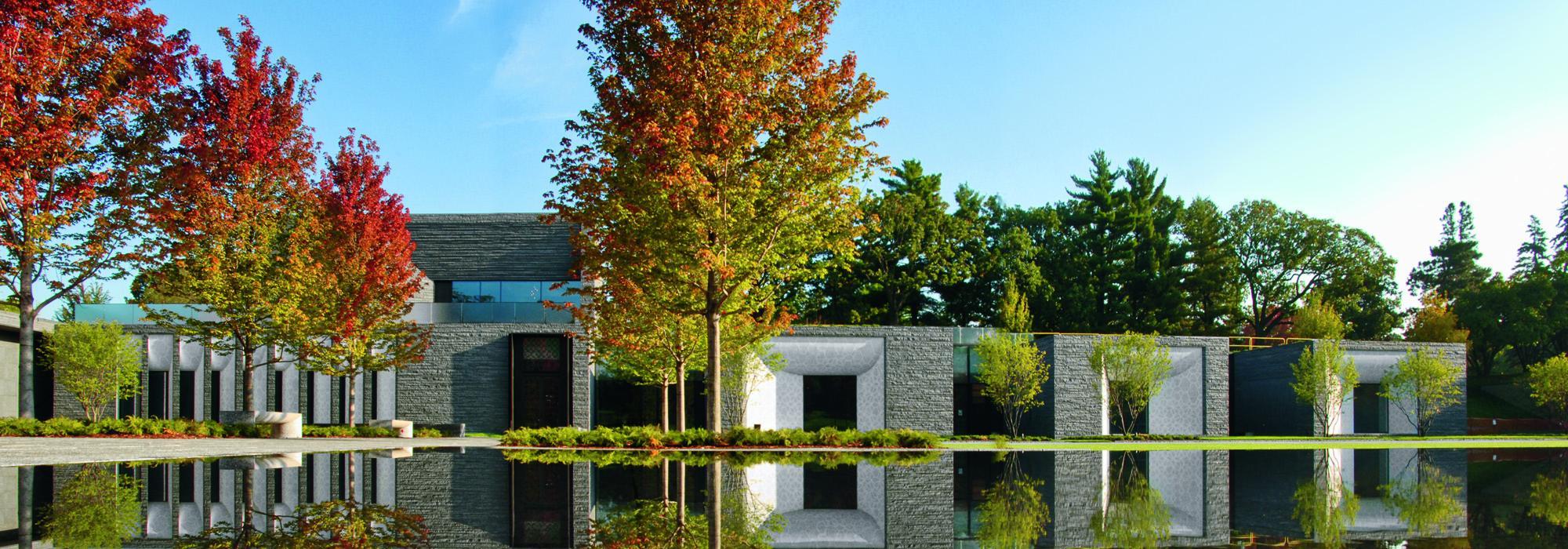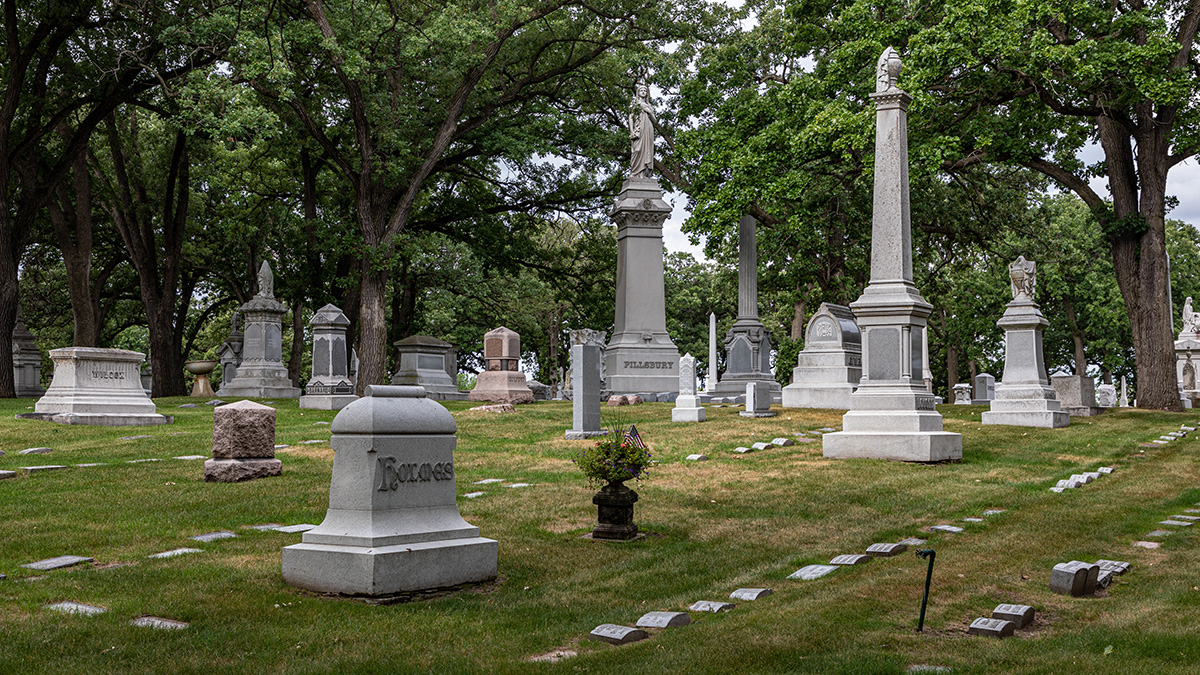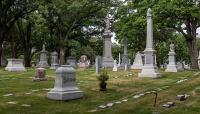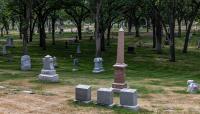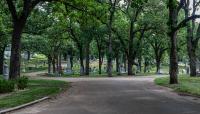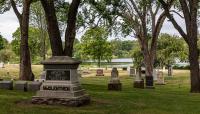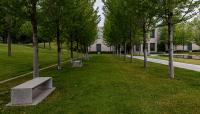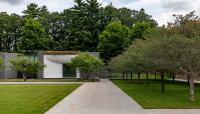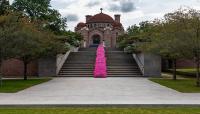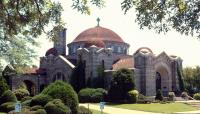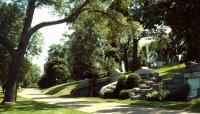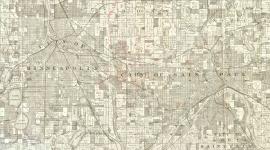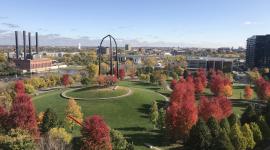Landscape Information
Established in 1871 between Lake Calhoun and Lake Harriet, the original 130-acres was laid out by Adolph Strauch and C.W. Folsom, superintendent of Mount Auburn Cemetery from 1870-73. Lakewood’s Picturesque design of curvilinear paths winding through wooded, rolling hills created irregularly shaped sections with graves in simple rows. The cemetery was planted as an arboretum with a wide range of deciduous and evergreen trees and monuments kept relatively low and unfenced. This concept was further developed by Arthur Nichols of Morell & Nichols in 1948, as the cemetery continued to expand. In addition to serving as a burial ground, its park-like design was intended for quiet reflection and modest recreation.
Closely linked to the development of Minneapolis’ Grand Rounds, the cemetery donated 35 acres on the north shore of Lake Harriet for the creation of Lyndale Park in 1890, and in 1912 contributed part of its eastern boundary for the Grand Rounds parkways system. Significant structures in the cemetery include a Grand Army of the Republic monument built in 1889; a Byzantine-style memorial chapel modeled after the Hagia Sophia, designed in 1910 by Harry Wild Jones (listed in the National Register of Historic Places in 1983); and a 1965 Modernist-style Memorial Mausoleum and Columbarium designed by Harley, Ellington, Cowan & Stirton. In 2012 architects HGA and landscape architects Halvorson Design Partnership updated the space with the Garden Mausoleum adjacent to the Memorial Mausoleum. Originally conceived on the outskirts of the city, the now-urban 250-acre cemetery also includes a mix of mature shade trees, an eight-acre lake and eleven miles of meandering paths and roads.



